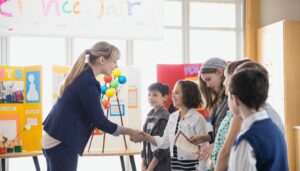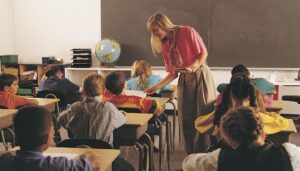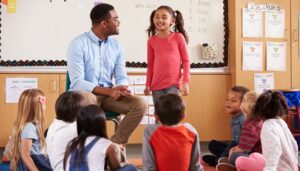Looking Backward and Forward from 100 Repetitions
It’s been years since the publication of “100 Repetitions”—and the need to understand this crucial understanding of how kids learn has never been more necessary.

It’s been years since the publication of “100 Repetitions”—and the need to understand this crucial understanding of how kids learn has never been more necessary.

After years of helping schools hang in with challenging students, it was time to clarify when to stop hanging in.

Originally titled “Praising and Loving Students,’ this ASCD on-line article asks all of us to recognize and support every student as a member of the community for doing no more than crossing the threshold into the school and the classroom

Learning is an accomplishment of attention and effort that can take place in an auditorium filled with 2,000 people, or at a corner table in a library. It takes place with a teacher, or a coach, or with peers, or when you are alone. Learning is always a personal experience for the learner.

For many troubled students, adults have represented danger and uncertainty. Let’s change that.

I am old enough to have been there at the beginning of special education, and fortunately, I completely missed the euphemism of “special.”

A framework for finding traction with students who may only seem to be totally shut down

How teams of teachers can work together to identify strengths and share strategies

It is not a version of grit to passively accept boredom. It is not a version of grit to be passive. For teachers or for students: it’s a version of submission.

The nuts-and-bolts of giving directions so that students are most likely to find their entry into the task